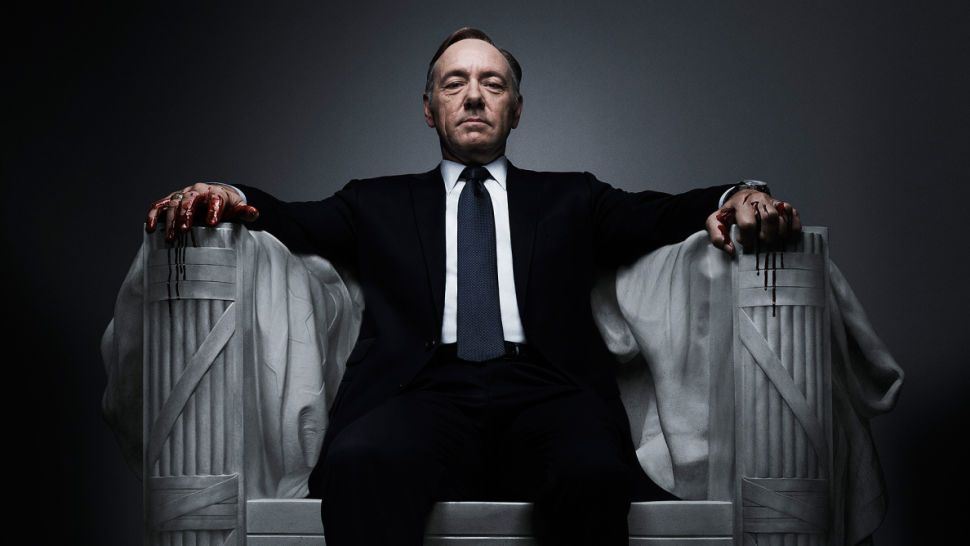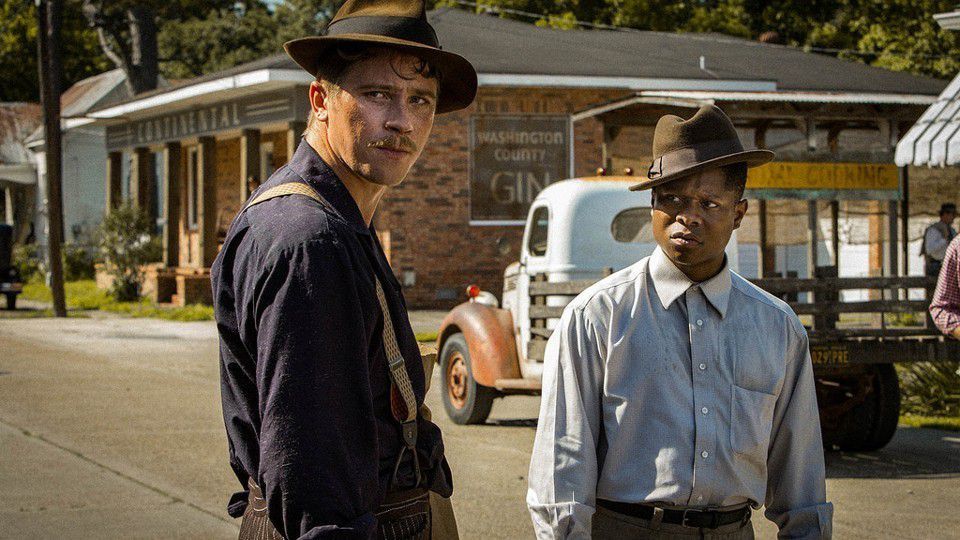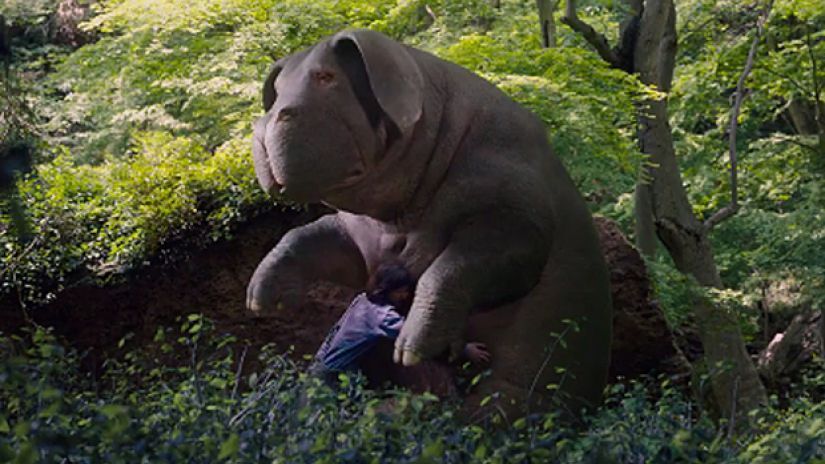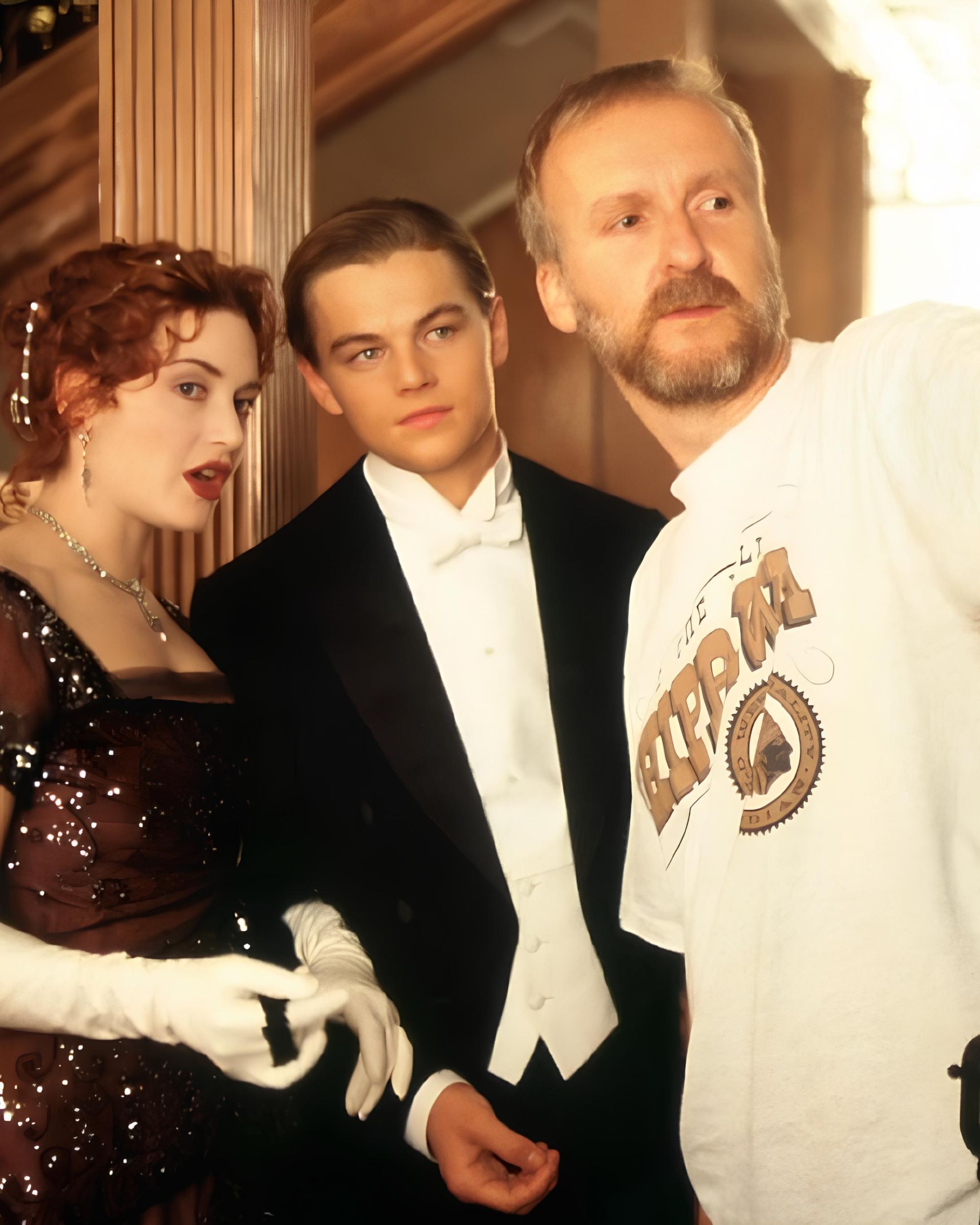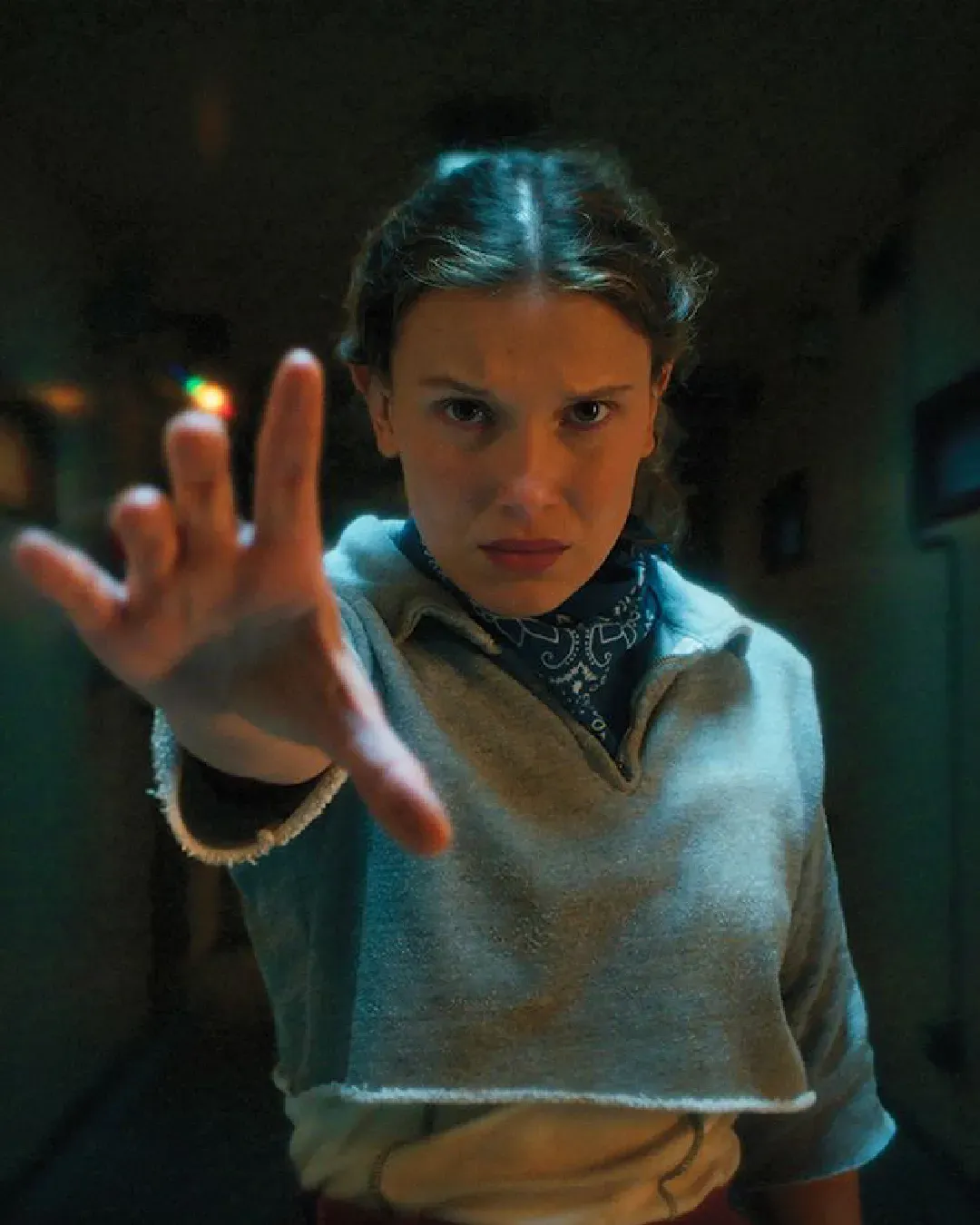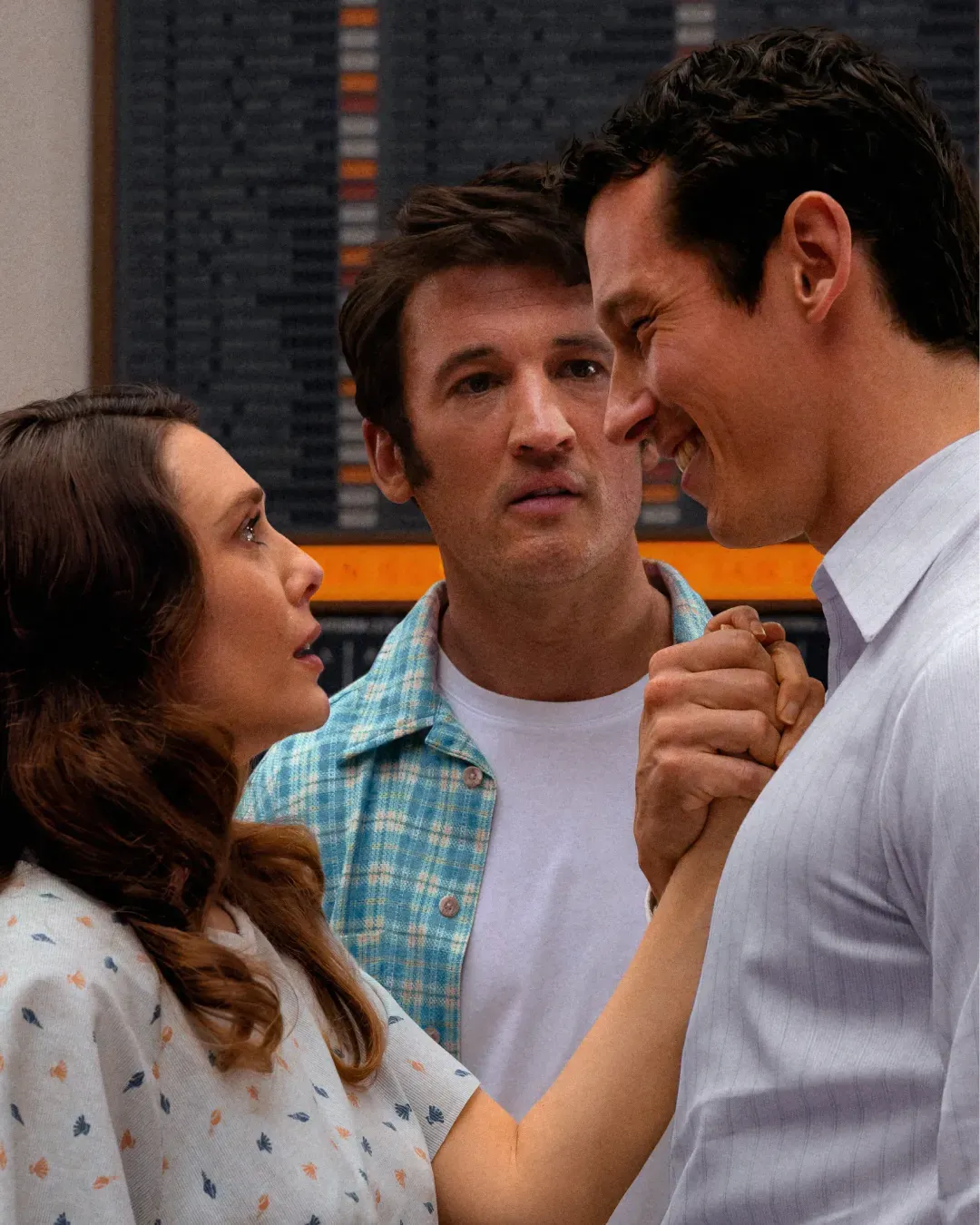
Netflix: the streaming service is twenty years old! A period in which he completely revolutionized the way we watch movies and TV series
Until 20 years ago if you wanted to see a film in particular you had three possible options: go to the cinema, wait for it to be broadcast on TV or rent it in a video library.
After April 14, 1998 everything changed.
On that date, a website was launched called Netflix.com, the project of a small startup in Scotts Valley, California, founded by Reed Hastings and Marc Randolph.
It was a service for the rental of DVDs, VHS and videogames via mail. It was enough to connect to the Internet site, choose the film among those available and, after paying 6 $, including shipping costs, wait for the arrival by mail of the product. The real breakthrough, however, occurs only when Netflix switches to a new formula: a monthly subscription without limits that allowed you to choose 3 titles, receive them by mail in a red envelope, return them and receive others even several times in the same month. In February 2007, the company supported the rental of films with a video streaming platform with the same subscription method.
Blending Silicon Valley technology with almost all aspects of Hollywood, the Hastings and Randolph project became the first TV service and video store in the world. A giant with over 117 million subscribers worldwide and more than 5,500 employees (at the beginning it was about 30), which is worth more or less $ 135 billion, including $ 11 billion of revenue generated only in 2017.
But Netflix is not only an economic success, but a revolution in the way we enjoy movies and TV series.
Launched with less than 1,000 titles, such as L.A. Confidential and Boogie Nights, over the years the streaming service has expanded its library with all possible titles, buying TV replicas, old films of all kinds (classics, indie and documentaries ...) and tried to get as soon as possible the new films.
Two are the brightest ideas that have allowed the platform to achieve such great success.
The first was to suggest films that would be enjoyed by the audience based on others that users had already watched, something like "if you liked this title, then try these too".
This trick worked so well that Netflix claims that 80% of the shows watched on the platform are guided by its suggestions.
The second, however, was thanks to Todd Yellin, vice president of Netflix's product: the idea of cataloging each title with tags like "dark", "cerebral", "irreverent" or with another term, which captured the gradient of gender, tone or character.
"Netflix’s great breakthrough was that there are many, many more components of a film than genre, actor, director, time period that go into why you might like or be interested in seeing a film" - said Lowe, the former Netflix executive and current CEO of MoviePass - "I have some weird quirk where a film that’s filmed in the winter, no matter what it is, for some reason I want to see it. Those are the nuances that Netflix understands".
So, in its 20 years the company has grown more and more giants like Blockbuster (meanwhile failed), TV channels and premium networks like HBO that, by its example, have proposed their own platforms, inspired new services streaming subscription as Hulu and Amazon Prime, but also rivaled the theatres.
Many initiatives of the last period: House of Cards, its first "original" series in 2011; in 2015 its first film, Beasts of No Nation; entry into the indie film market with Okja and Mudbound; the investment invested in high-profile projects; the acquired Millarworld comics publisher; mega-agreements with TV artists like Ryan Murphy and Shonda Rhimes.
"They proved streaming. They proved international expansion. They proved profitability. They proved original content. And they proved pricing power" - said RBC Capital Markets analyst Mark Mahaney - "Those five reasons are why stock has so outperformed. And they have to continue proving that moving forward".
Nobody knows what the next decade of Netflix will be, but the company's future will depend largely on its ability to keep pushing further and change consumer vision habits.










































